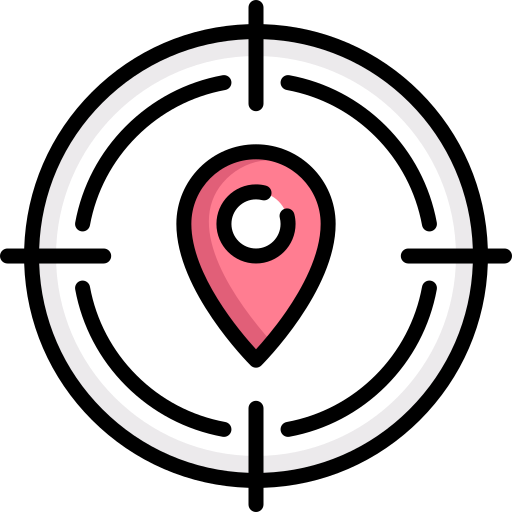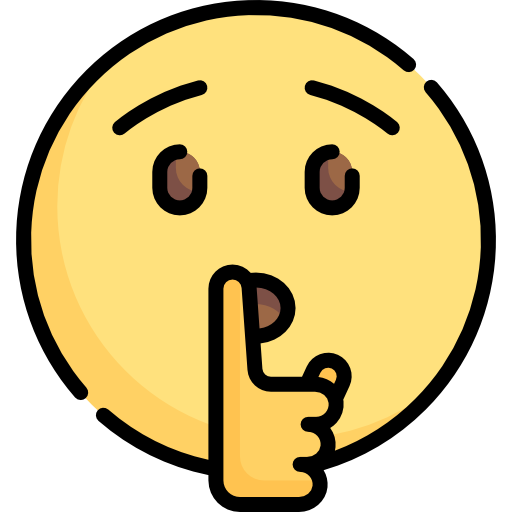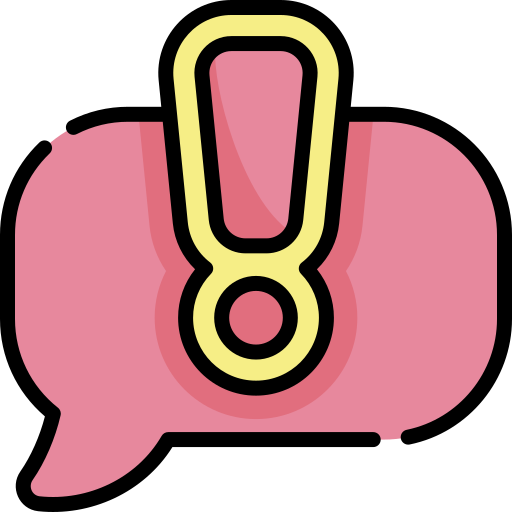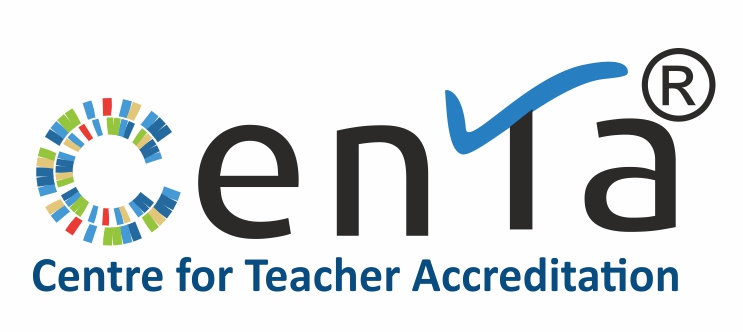During Observation
This is the part where you observe and record your observations so that you can discuss them with your peer. When you are observing a classroom, your role is to look out for all the aspects that you decided to focus on in the previous step.

Let’s look at some things that you should keep in mind while you observe your peer.
1. Method of Recording
When you observe a classroom, there are multiple ways to record the things happening in the classroom. You can use the rubric, a note-taking sheet, or even record the classroom with the permission of your peer. Depending on what you are comfortable with and what will be most relevant, pick one or more methods of recording your observations.

2. Record student action and teacher action

During an observation, we have to gather as many details as possible to learn how the teacher is performing in a particular competency. The biggest indicator of this is student action. Hence, it is important to record what the students are doing in the lesson along with the teacher’s actions.
Here is an example:

3. Start as a silent observer
In the initial stages when you are still testing out peer observation, it is best to start as a silent observer. Do not obstruct or distract the teacher in any way. Once you have done the process a few times, then part of the observation can be to interact with students during parts of the lesson to find out their understanding and engagement.

4. Identify key levers

Although you have decided the elements that you want to focus on while observing a classroom, it is also important to notice other things that might be key to improving teacher practices or student outcomes in a classroom. As we saw earlier, there are many things that the teacher can miss out in a lesson. As an observer, you may be able to pick this up and take it forward in the discussion.
Once you are done with the observation, make sure you collate all your notes/records and keep them ready for the next step
